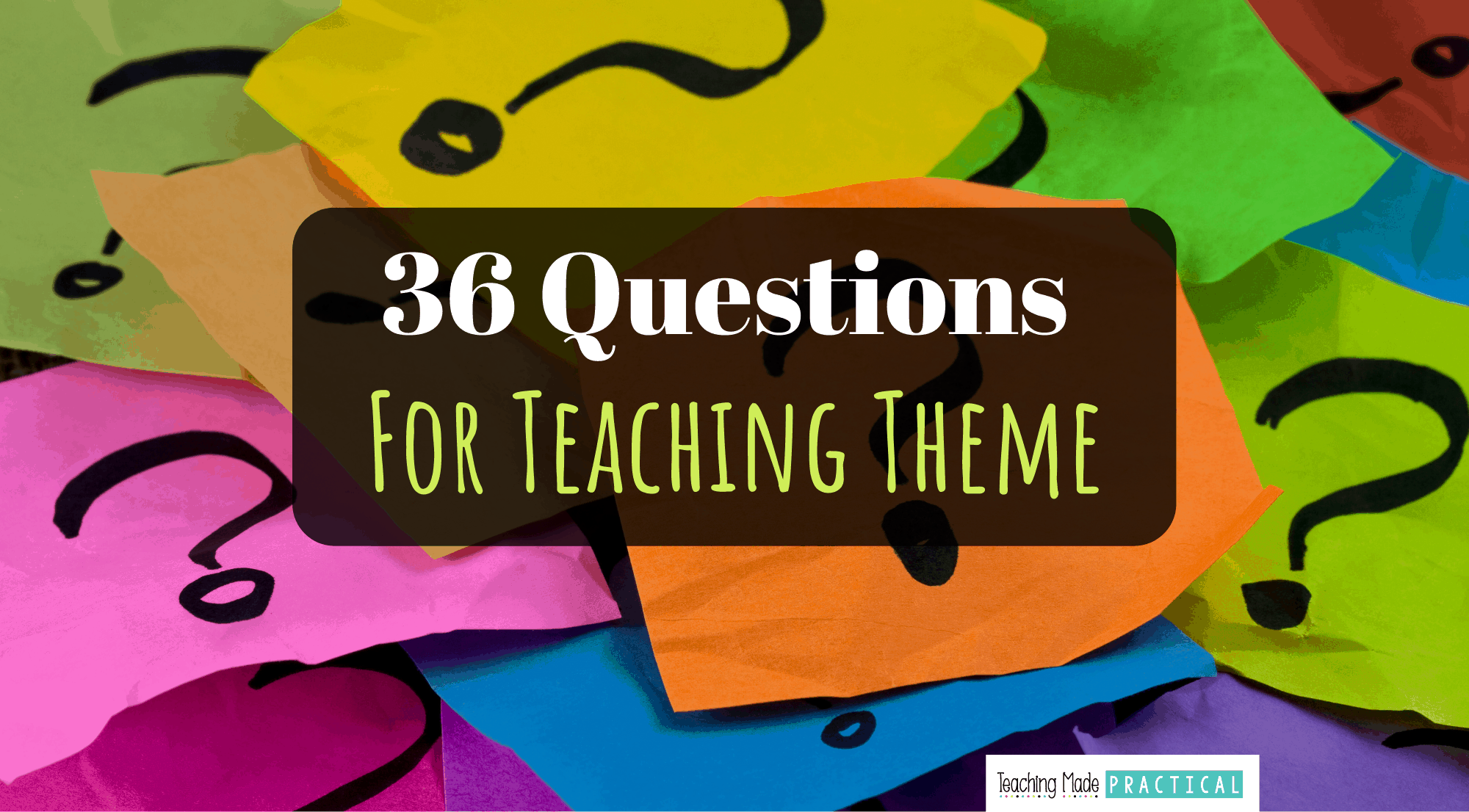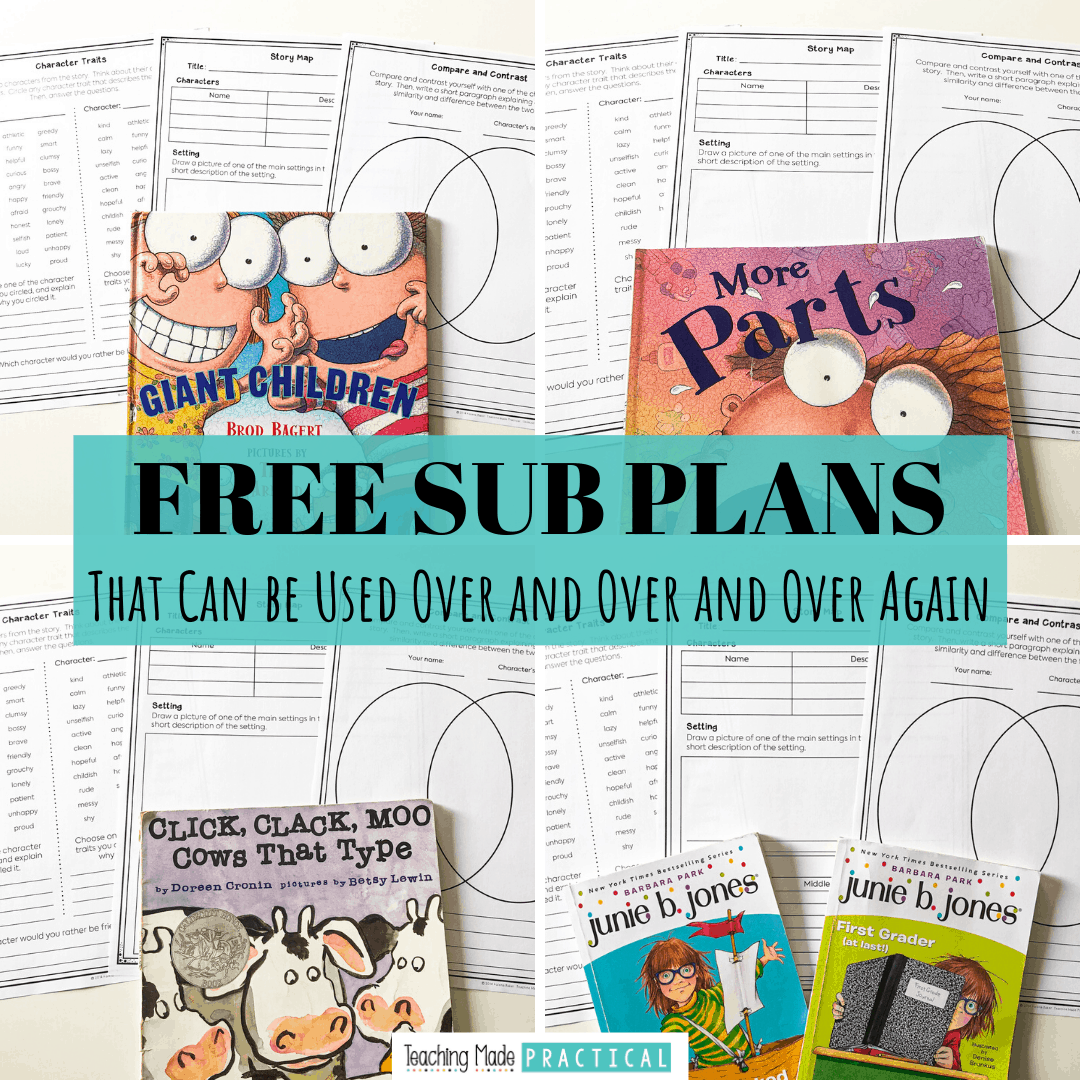Asking questions is a regular part of reading instruction, but asking the right types of questions can be harder than it seems. Questions should be designed to promote higher level thinking, encourage students discussion, build better understanding of a concept, and challenge students' thinking.
Asking questions like this is hard to do without preparation and planning. Below, find links to questions that you can use for different reading skills to promote higher level thinking. Most of the questions are based off of Bloom's Taxonomy or the revised Bloom's Taxonomy.
There are questions for:
- theme
- character traits
- comparing and contrasting
- point of view
- text features
- main idea
There are also resources for teaching students how to ask meaningful questions, as well as questions to help students reflect on their learning.

These 4 strategies will help you teach your students how to ask meaningful questions about a fiction or nonfiction text. Encourage independent, thoughtful readers in your 3rd, 4th, and 5th grade classroom!

Reflection helps students remember important things, practice growth mindset skills, set goals and priorities, put things in perspective, problem solve, and more. Use these 17 questions at the end of the school day to help your students reflect on their day.

Use these 36 questions based on the Revised Bloom's Taxonomy to help your 3rd, 4th, and 5th grade students better understand theme! Includes a free printable.

These 36 questions will help your students think about character traits in different ways. The questions are based on Bloom's taxonomy, helping you promote higher order thinking with your students. Includes a free printable.

Using "Would You Rather Questions" is a fun way to help your students practice comparing and contrasting. See examples and question stems for to help you come up with good questions.

Use these 36 questions and question stems when teaching point of view to your upper elementary students. They are based on Bloom's Taxonomy. The questions will help your students really think about an author's point of view and author bias.

These 36 questions, based on Bloom's Taxonomy, will help your students students better understand text features. Instead of simply focusing on identifying text features, the questions will help students think more about the purpose of different text features.

Use these 36 questions to help your students better understand main idea and details. Based on the Revised Bloom's Taxonomy, these questions will help your third, fourth, and fifth grade students think about main idea in different ways.
These questions are designed for upper elementary (third, fourth, and fifth grade) students. However, they can easily be adapted for older or younger students.
Never Stress Over Sub Plans Again!

Make copies, find a fiction book, and you'll be ready for any emergency that comes your way!
